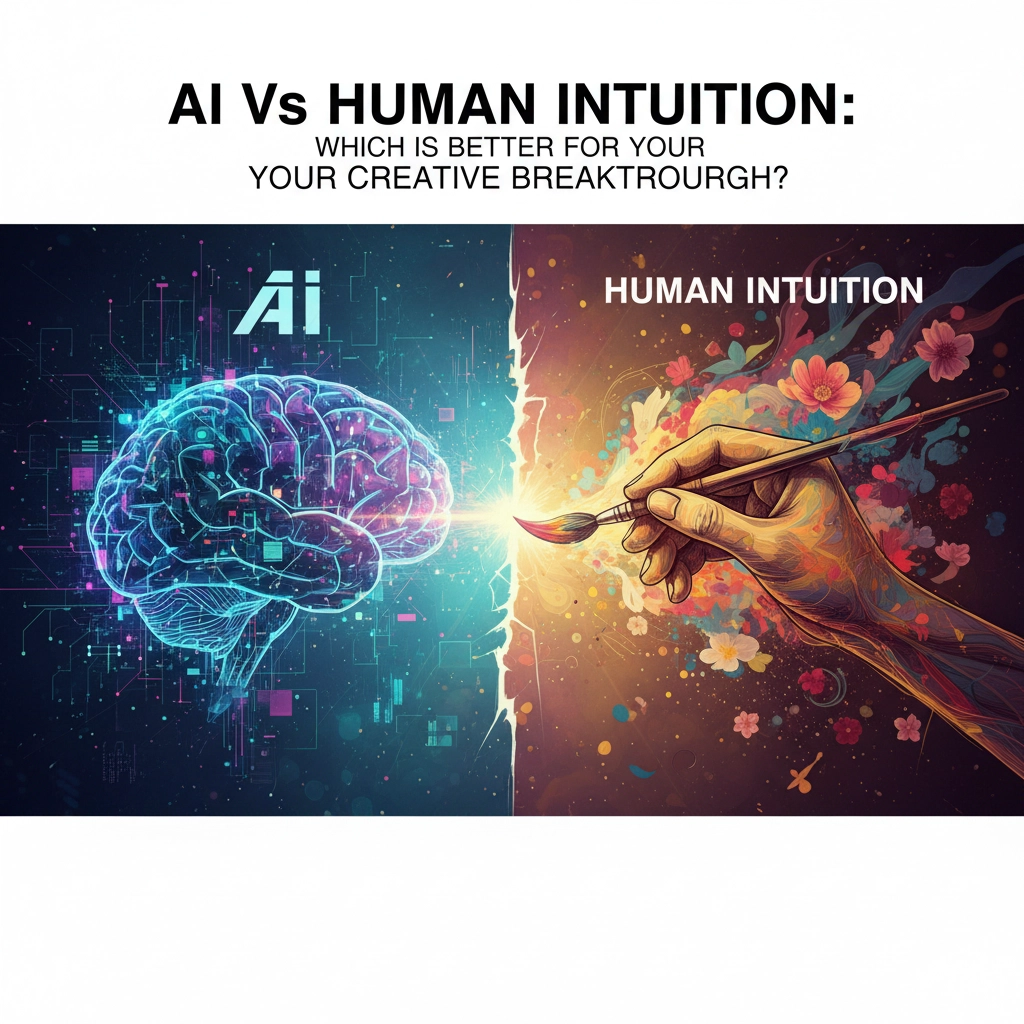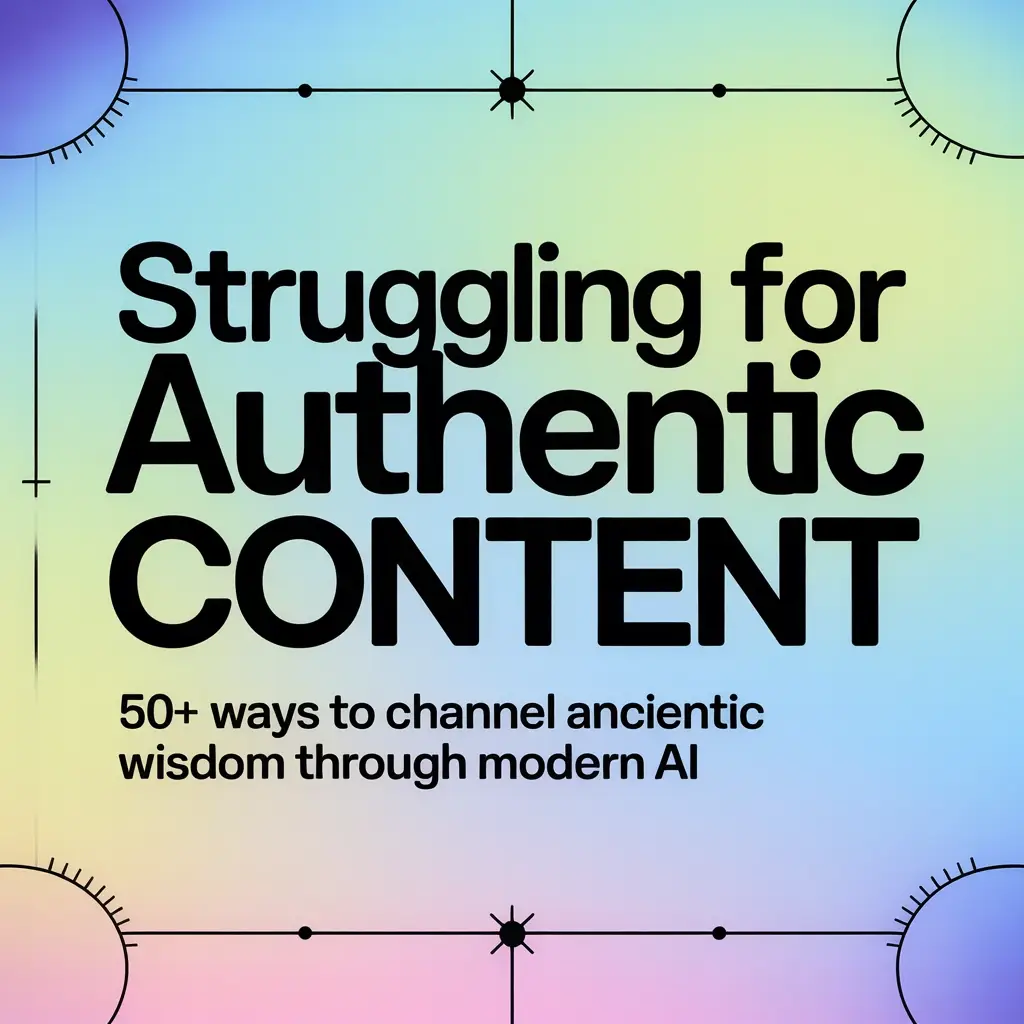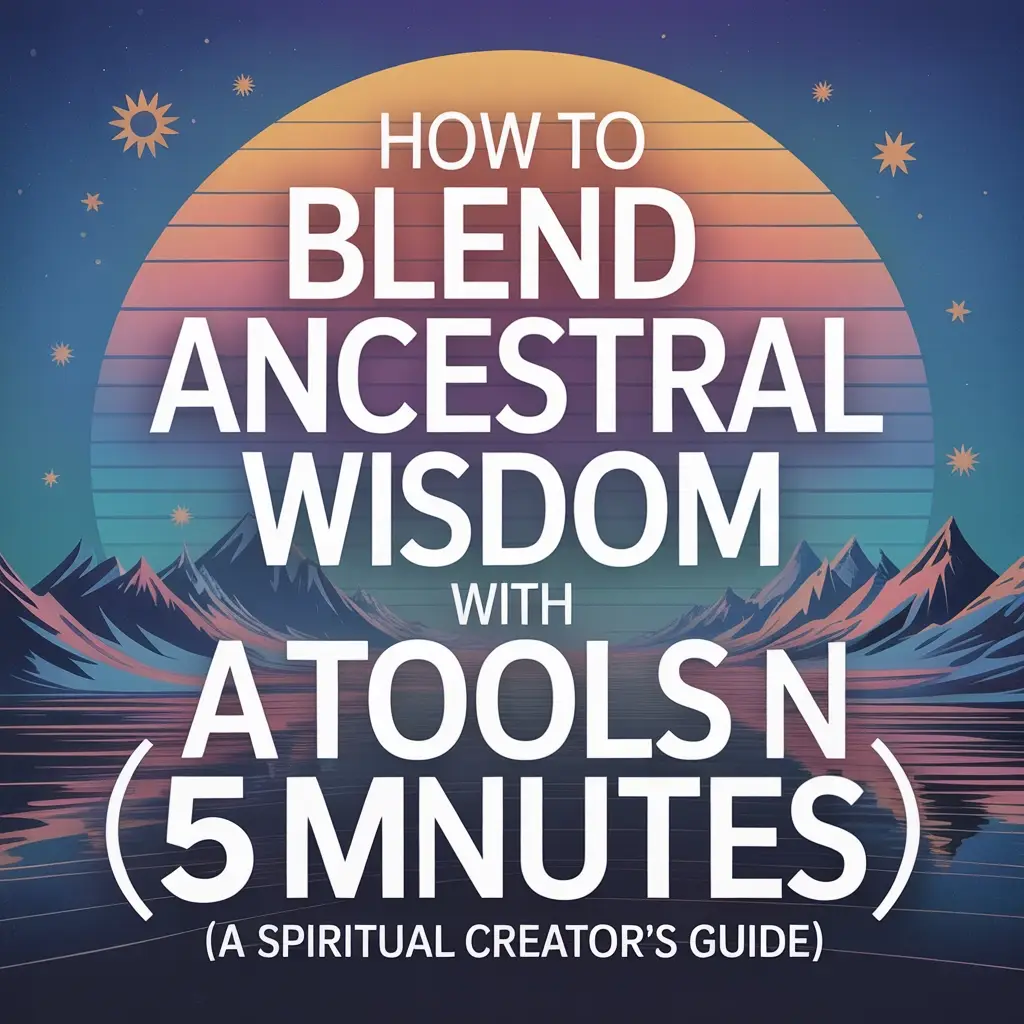Human intuition generates breakthrough ideas. AI accelerates the process. This combination produces optimal creative results for spiritual entrepreneurs seeking innovation.
Research shows AI outperforms humans in average creative tasks. The best human ideas still match or exceed AI capabilities. Understanding when to use each approach determines creative success.
Human Intuition Strengths
Human intuition operates through pattern recognition beyond data analysis. Personal experiences, emotions, and cultural context inform creative decisions. These elements cannot be replicated by current AI systems.
Breakthrough innovations emerge from combining unrelated concepts. Humans excel at making unexpected connections between disparate ideas. This capability drives paradigm-shifting discoveries.
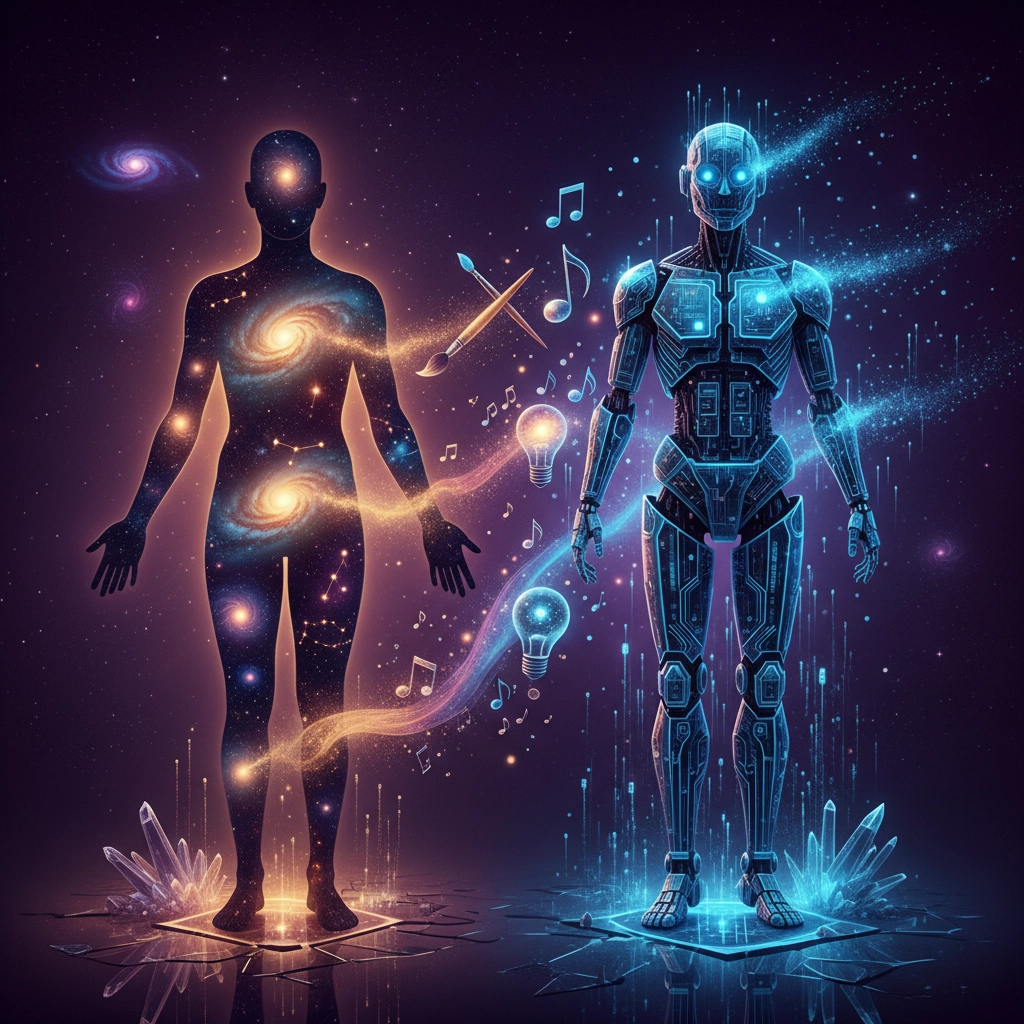
Emotional depth influences human creativity. Personal experiences shape unique perspectives. Cultural nuances inform creative choices. These factors produce authentically original concepts.
Abstract thinking enables humans to work with ambiguous problems. Ill-defined challenges require intuitive leaps. Conventional boundaries dissolve when human creativity engages fully.
Human decision-making integrates multiple factors simultaneously. Aesthetic appeal, emotional impact, and cultural significance influence choices. This multidimensional approach produces meaningful creative work.
AI Creative Capabilities
AI processes vast data sets rapidly. Pattern recognition identifies novel combinations from existing information. Speed and scale represent primary AI advantages in creative work.
Machine learning algorithms analyze successful creative patterns. This analysis generates new combinations based on proven frameworks. Predictable results emerge from systematic approaches.
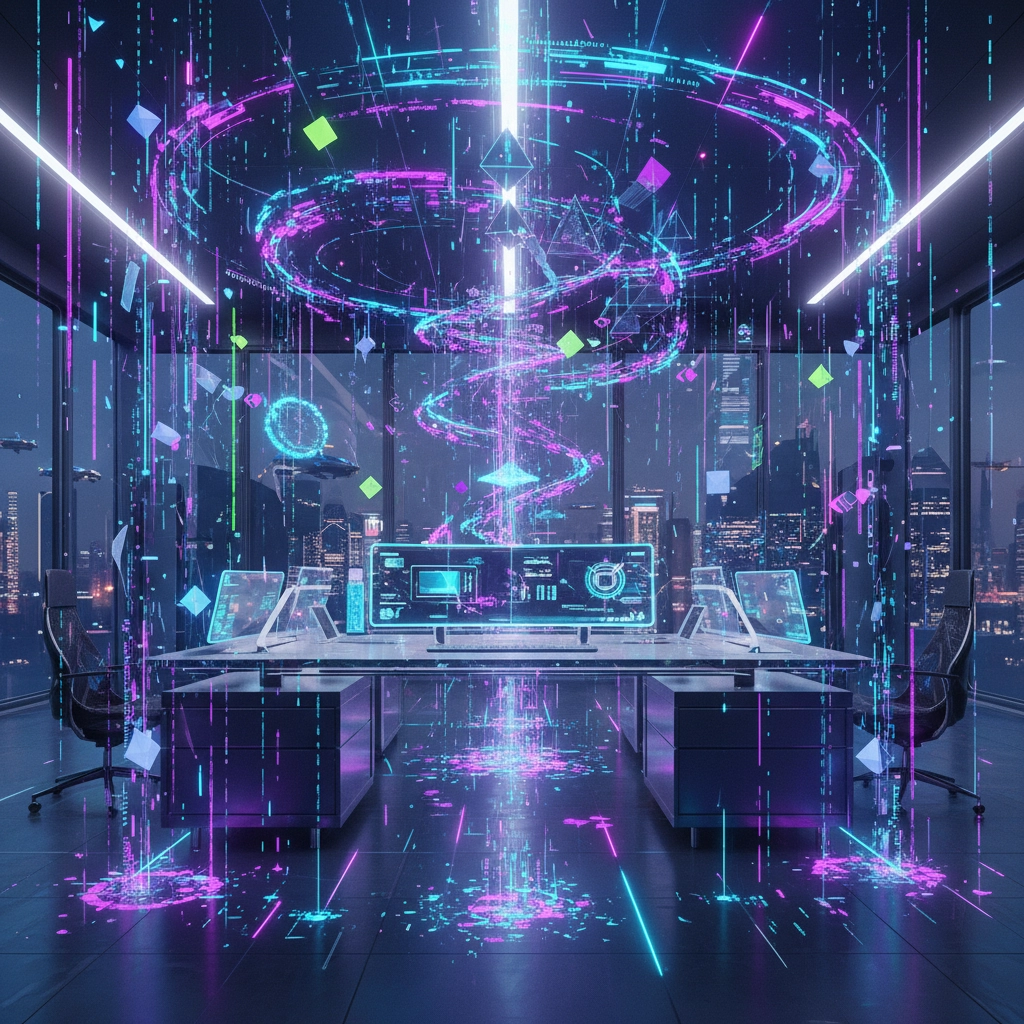
AI excels with well-defined parameters. Clear objectives and abundant training data optimize AI performance. Structured problems receive efficient solutions through algorithmic processing.
Creative output scales through AI systems. Multiple variations generate simultaneously. Iteration cycles complete faster than human-driven processes.
Limitations constrain AI creativity. Training data boundaries restrict output possibilities. True inspiration requires experiences AI cannot access. Emotional authenticity remains beyond current capabilities.
Performance Framework
Different creative challenges require different approaches. Problem definition determines optimal tool selection. Clear parameters favor AI. Ambiguous situations require human insight.
Speed needs suggest AI implementation. Volume requirements benefit from algorithmic generation. Emotional resonance demands human involvement. Cultural sensitivity requires lived experience.
Quality metrics vary by application. Novelty measures may favor human approaches. Efficiency metrics often favor AI systems. Practical outcomes require evaluation case-by-case.
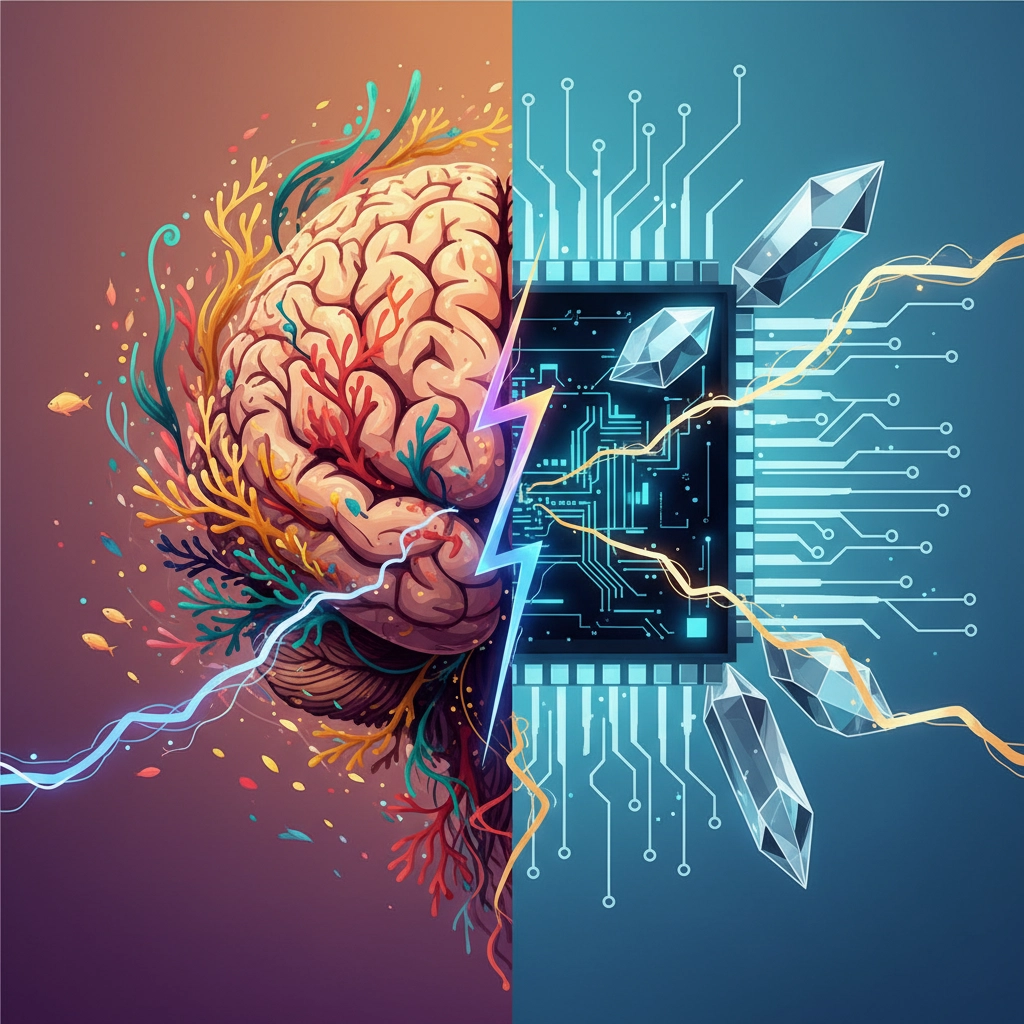
Resource allocation affects tool selection. Human time costs more than computational resources. Scaling considerations influence long-term strategy decisions. Budget constraints impact feasible approaches.
Collaboration Model
Optimal results emerge from strategic combination. Human insight guides overall direction. AI accelerates execution and generates options. Partnership multiplies individual capabilities.
Implementation follows structured phases. Initial concept development requires human creativity. Option generation benefits from AI assistance. Refinement integrates both approaches cyclically.
Human oversight maintains quality control. AI suggestions require evaluation and selection. Creative judgment determines final implementations. Responsibility remains with human decision-makers.
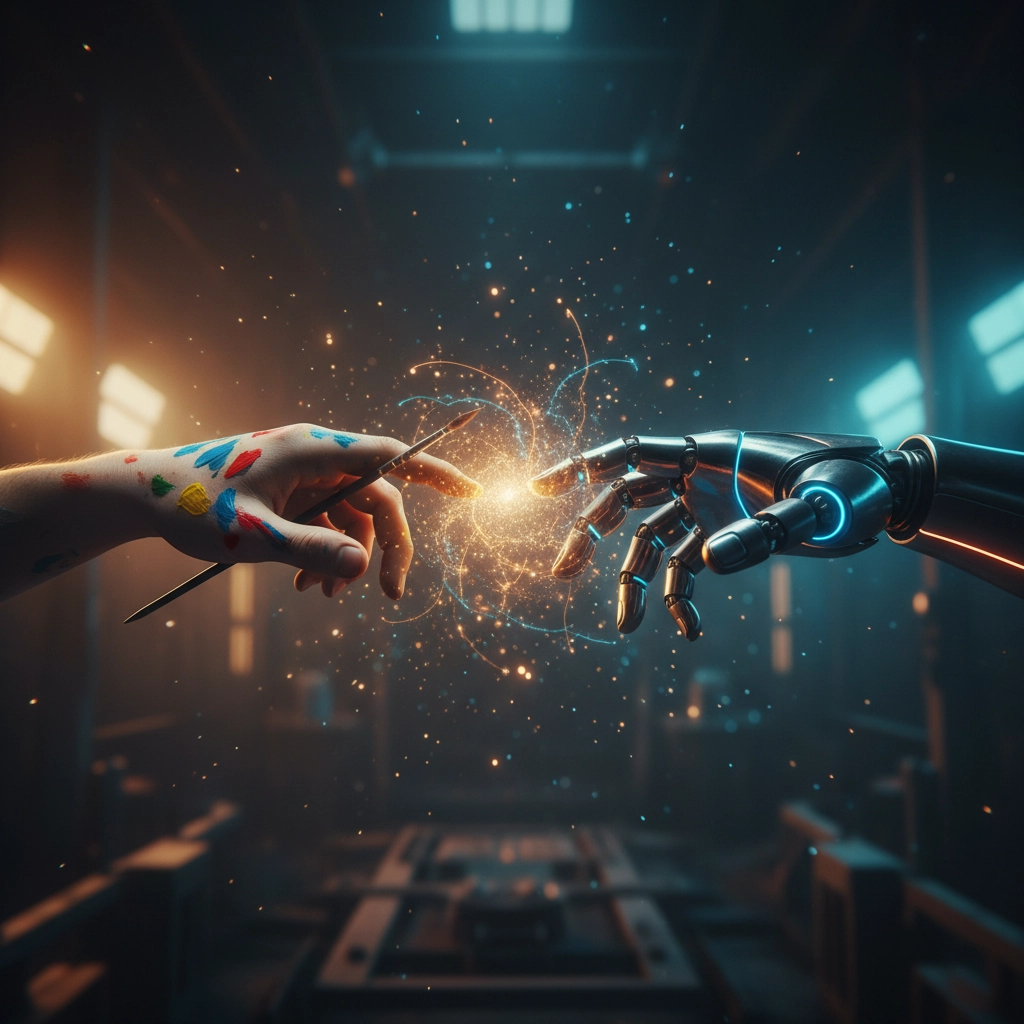
Workflow optimization balances efficiency with authenticity. Automated processes handle routine tasks. Human attention focuses on strategic decisions. Creative energy concentrates on breakthrough moments.
Practical Applications
Content creation benefits from hybrid approaches. AI generates initial drafts and variations. Human editing adds emotional depth and cultural relevance. Final products combine efficiency with authenticity.
Problem-solving follows tiered methodology. Well-defined aspects utilize AI capabilities. Complex elements require human intuition. Integration produces comprehensive solutions.
Strategic planning incorporates both tools. Data analysis informs decision foundations. Intuitive leaps identify breakthrough opportunities. Combined insights drive innovative strategies.
Product development uses complementary strengths. AI identifies market patterns and user preferences. Human creativity designs emotionally compelling experiences. Results satisfy both logical and intuitive requirements.
Implementation Guidelines
Assessment determines appropriate tool selection. Problem complexity guides initial choices. Resource availability affects implementation options. Timeline requirements influence process design.
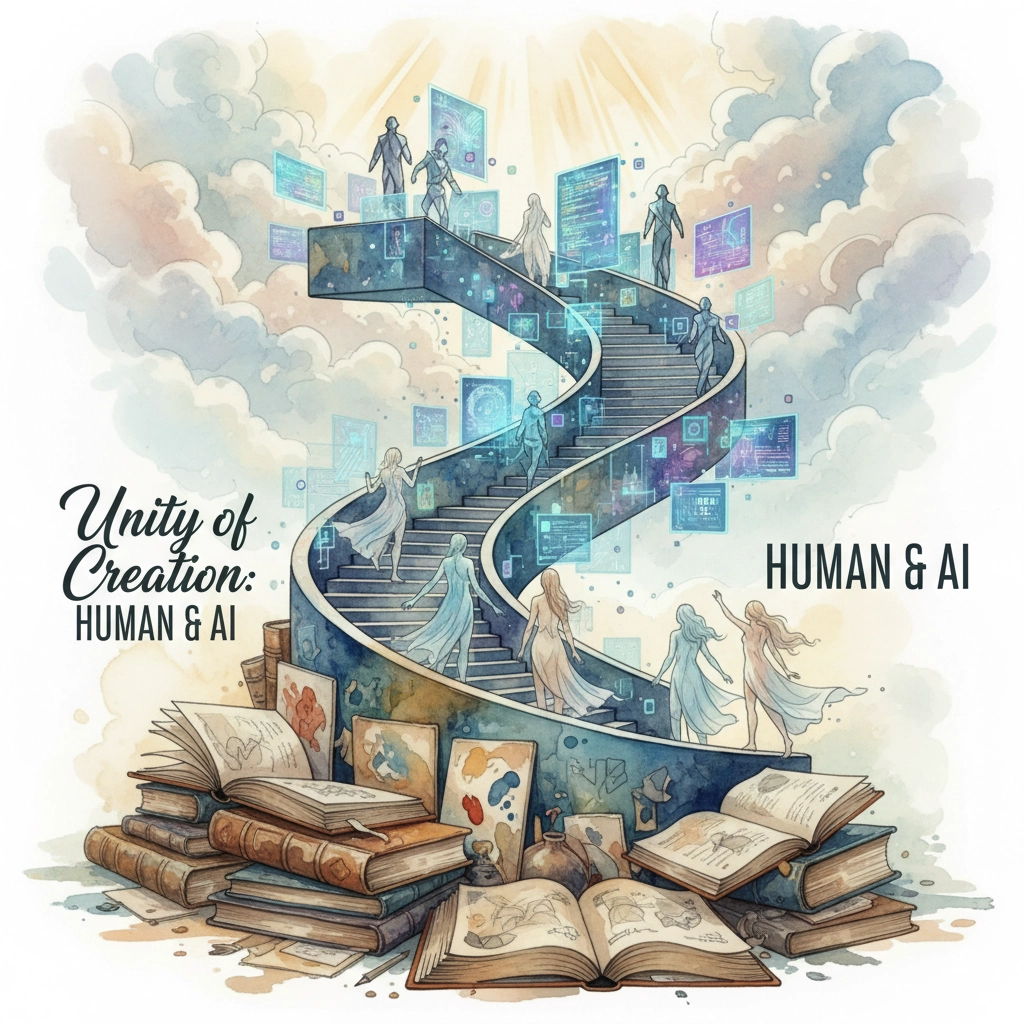
Training develops hybrid capabilities. Technical skills enable AI tool utilization. Creative practices strengthen intuitive abilities. Integration skills combine both approaches effectively.
Measurement tracks relevant outcomes. Efficiency metrics monitor AI contributions. Innovation indicators assess human inputs. Overall impact evaluates combined results.
Iteration refines collaborative processes. Feedback loops improve tool selection. Experience guides future implementation decisions. Continuous improvement optimizes creative workflows.
Decision Framework
Creative breakthrough requirements favor human intuition. Paradigm shifts emerge from human insight. Emotional resonance requires lived experience. Cultural sensitivity demands human understanding.
Scaling and efficiency needs suggest AI implementation. Volume requirements benefit from automated generation. Pattern recognition tasks suit algorithmic approaches. Rapid iteration cycles favor AI capabilities.
Budget considerations affect viable options. Human expertise costs more than computational resources. Long-term scaling favors AI investment. Short-term projects may emphasize human creativity.
Timeline pressures influence methodology selection. Immediate needs may require AI acceleration. Deep innovation requires human creative time. Balanced approaches accommodate both requirements.
Quality standards determine appropriate tools. Breakthrough innovation prioritizes human creativity. Consistent output benefits from AI systematization. Premium results often require both approaches.
Strategic Recommendations
Spiritual entrepreneurs benefit from integrated approaches. AI handles routine creative tasks efficiently. Human intuition focuses on breakthrough opportunities. Combined methods optimize resource allocation.
Skill development should address both areas. Technical competency enables AI tool usage. Creative practices strengthen intuitive abilities. Integration skills maximize collaborative potential.
Process design balances efficiency with authenticity. Automated systems handle predictable elements. Human creativity addresses unique challenges. Structured workflows optimize combined outputs.
Investment priorities favor long-term capability building. AI tools provide immediate efficiency gains. Human creative development ensures sustained innovation. Balanced approaches support comprehensive growth.
The optimal creative breakthrough strategy combines human intuition with AI acceleration. Neither approach alone maximizes potential. Strategic integration produces superior results for spiritual entrepreneurs seeking innovation.
Human intuition remains essential for breakthrough creativity. AI provides powerful acceleration capabilities. Understanding when to use each approach determines creative success. The future belongs to practitioners who master both.

